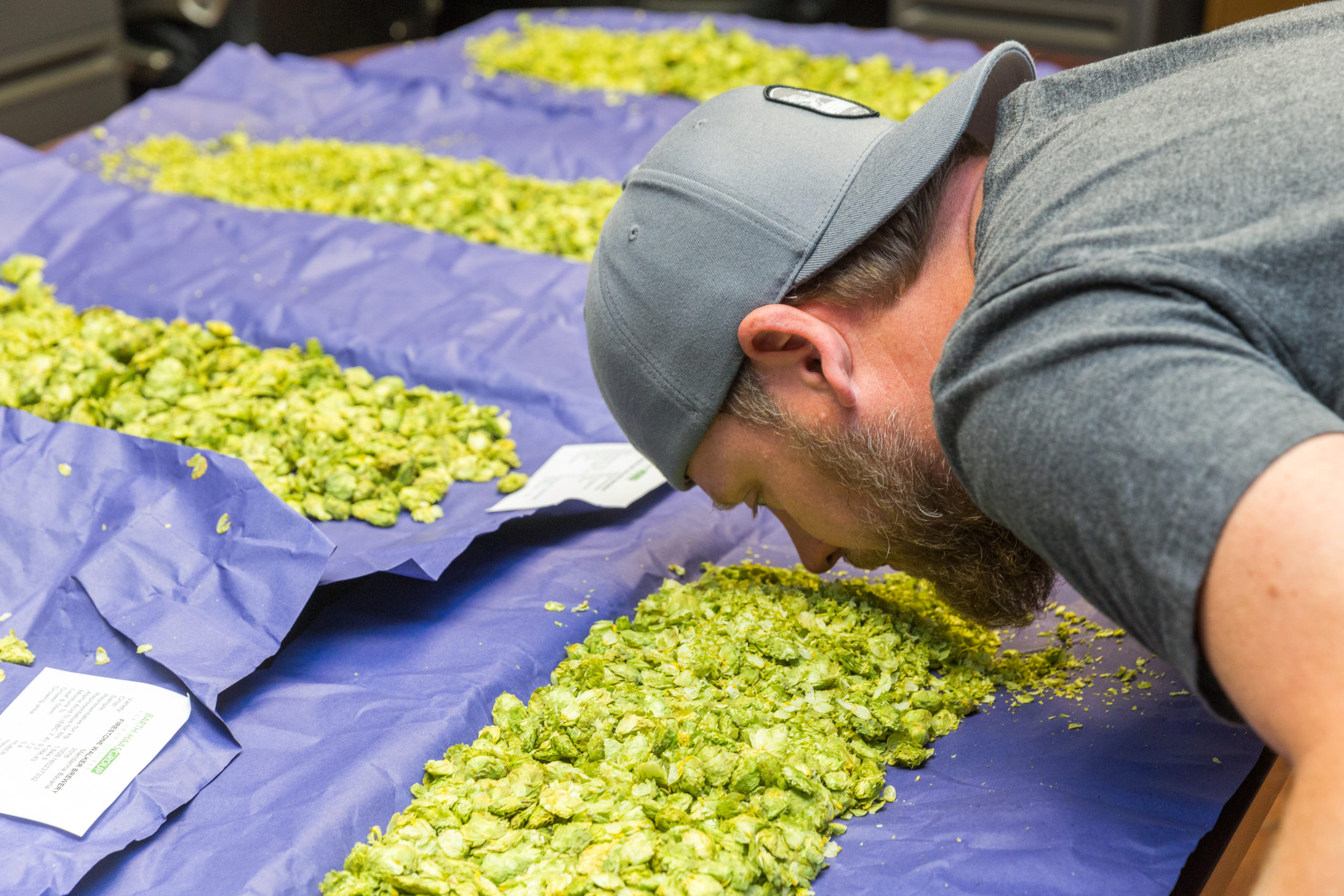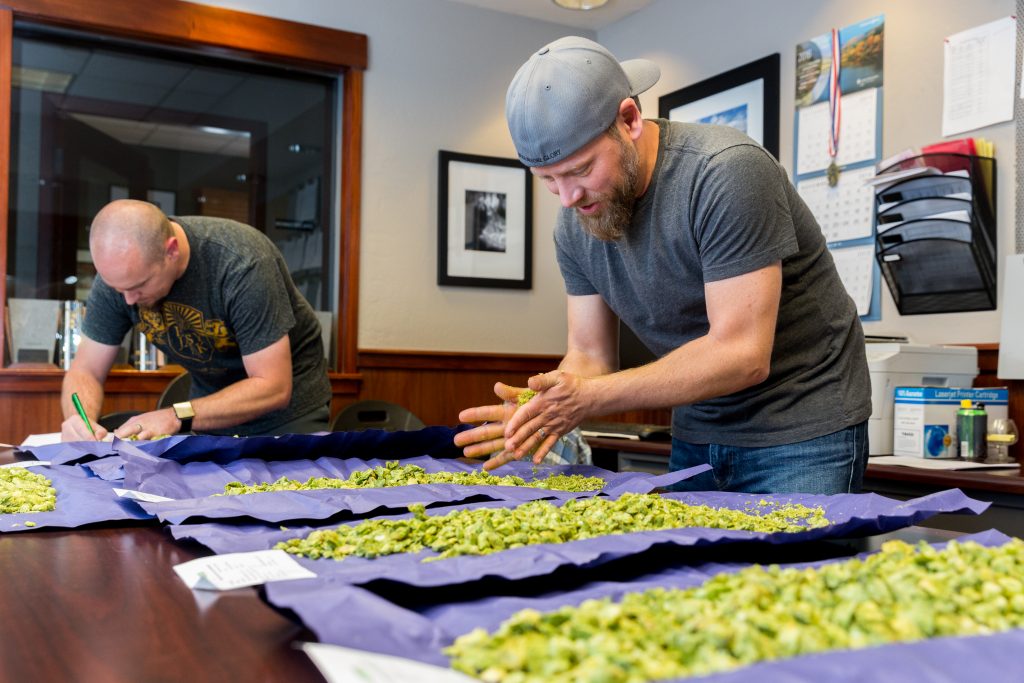
Hops, Wine Grapes and the Brave New World of Craft Beer
Perspective: A look into what’s brewing at Paso Robles’ famed Firestone Walker Brewing Company, as told by the brewmaster.
You don’t have to look too far to understand why — just roam around our backyard here on the Central Coast and you will find no shortage of great breweries producing some amazing hoppy beers.
As a former hop chemist and as the brewmaster at Firestone Walker Brewing Company for the past 18 years, I have witnessed the remarkable evolution of this classic beer ingredient. The flavors and aromas provided by the latest hop cultivars would have been unthinkable just 10 years ago, which means that the craft beer experience has never been more diverse or energetic.
Let me back up a bit and start with what hops are, and what they do. Hops are cone-shaped flowers that grow on hop plants. The resins and aromatic oils within the flowers are what make hops an essential beer ingredient along with water, malted barley and yeast. When incorporated earlier in the brewing process, hops impart bitterness to a beer. When used later in the brewing process, they add aroma and flavor.

Like wine grapes, hops can grow in many places, but they tend to thrive in specific regions where the climate and soils are just right — such as Washington’s Yakima Valley, the Hallertau region in Germany and certain areas in the Southern Hemisphere. And, again like wine grapes, each individual hop variety presents its own unique flavor experience.
The Advent of “New Age” Hops
At Firestone Walker, our first full-throttle foray into the world of “new age” hops was our Union Jack IPA, which we launched in 2006. Union Jack was our contribution to the emerging West Coast IPA style, taking advantage of exciting new hop cultivars such as Simcoe, Amarillo and Citra.
Back when I was a hop chemist in the early 1990s, these types of hops didn’t exist. The hops available to the brewing industry in those days were cultivars bred specifically for the needs of the larger industrial brewers. Hop breeders at that time were also focusing on hops that had high bittering potential, and they paid little attention to the aromas of these hops.
That all changed with the craft beer revolution. Sierra Nevada Pale Ale — brewed with the Cascade hop — was one of the first craft beers to break the mold and force the industry to think differently when it came to hops. By the late 2000s, the craft industry was exhibiting an almost insatiable appetite for bold new hop varieties, and the world’s hop breeders kicked into gear to meet the demand. American growers were able to capitalize first, but soon after, German, Australian, Czech and even South African hop growers started showcasing their new age IPA flavor hops.
We seized upon this bounty to create our Easy Jack session IPA, relying primarily on emerging German-grown hops to produce aromas and flavors of orange zest, melon and tropical fruit. More recently, we launched Luponic Distortion, a revolving IPA series that allows us to regularly remix the hop blend with as many as eight different hops from around the world. Our latest release of Luponic Distortion — No. 13 — presents flavors of piña colada, key lime and nectarine, all derived naturally from hops.

Every time I visit different hop growers, I am presented with something new and innovative that smells incredible. There are so many emerging hops that I want to brew with, it really isn’t fair. We rub and sniff these hops to decide which ones we want to consider for the next iteration of Luponic Distortion. We then brew test batches and do our best to get to know the material before finalizing the blend. It is truly an ongoing experiment and has allowed us and our fans exposure to so many new hops from around the globe. There really is no limit to where we can go with this program.
Flavors Beyond Hops

With all of this talk about hops, you might get the impression that craft brewing is synonymous with IPAs and hoppy beer brewing. However, that isn’t the case. Brewers today are exploring a seemingly limitless array of spices, fruits and grains to make beer. If it is pure, healthy and safe for human consumption, you can likely make a beer with it.
Which brings me to Rosalie, our new “beer rosé,” co-fermented with locally grown wine grapes. With this beer we tried to capture the youthful nature of a rosé wine with a lower amount of alcohol and a lively carbonation. The acid of the fruit combined with the light flavor of the white wine grapes creates a great summertime refresher. We use wine grapes in Rosalie much in the way we use hops in other beers — to naturally achieve a unique aroma and flavor experience. The next time you are at Firestone Walker or another local brewery, order a sampler flight to experience the full range of what’s going on in the craft beer world. You will likely be blown away with the quality and creativity of what you taste.


